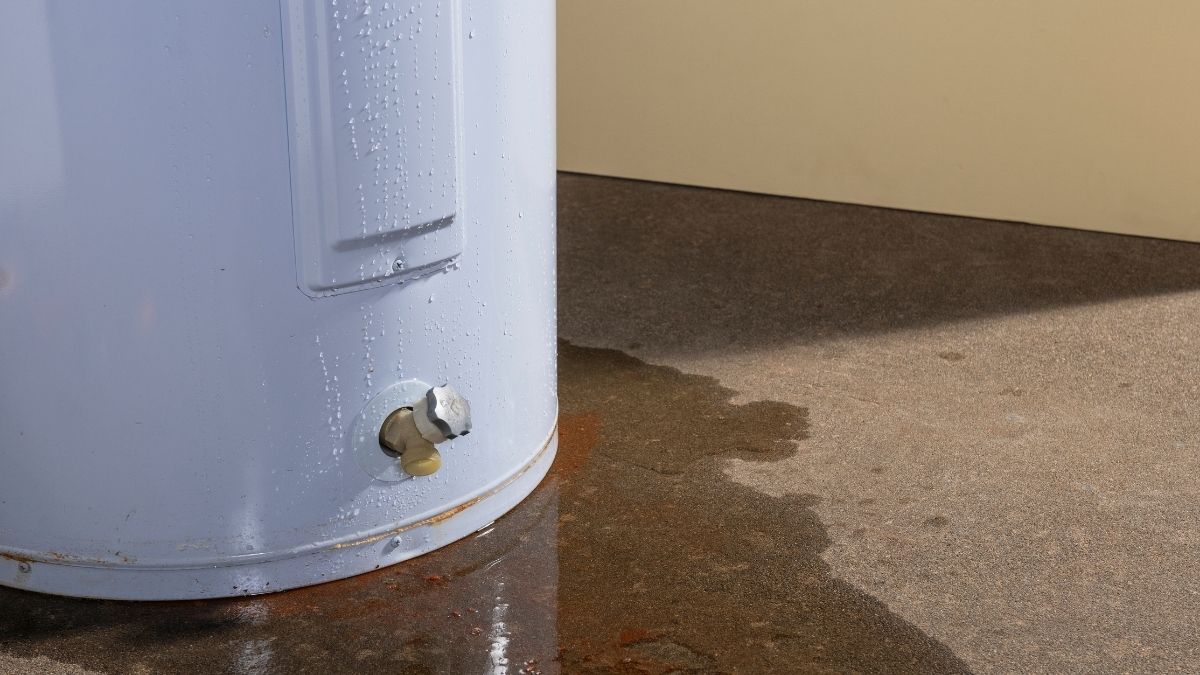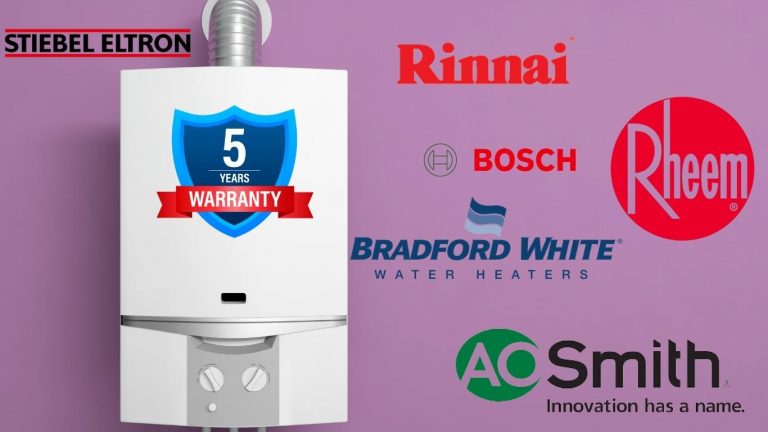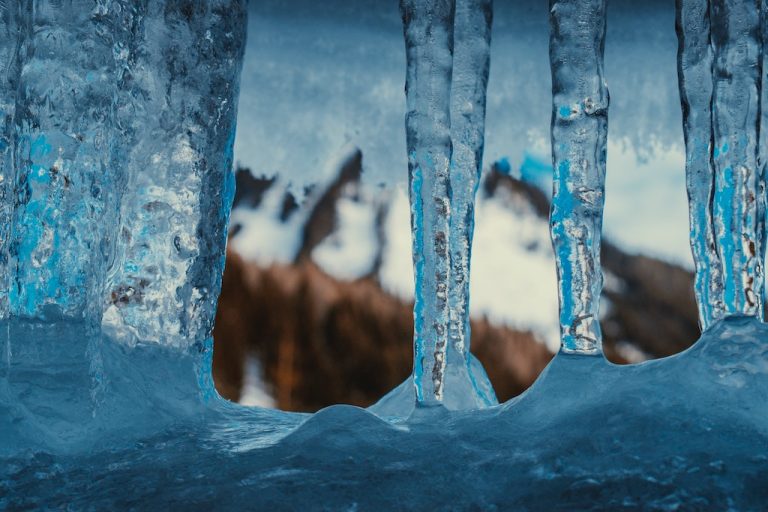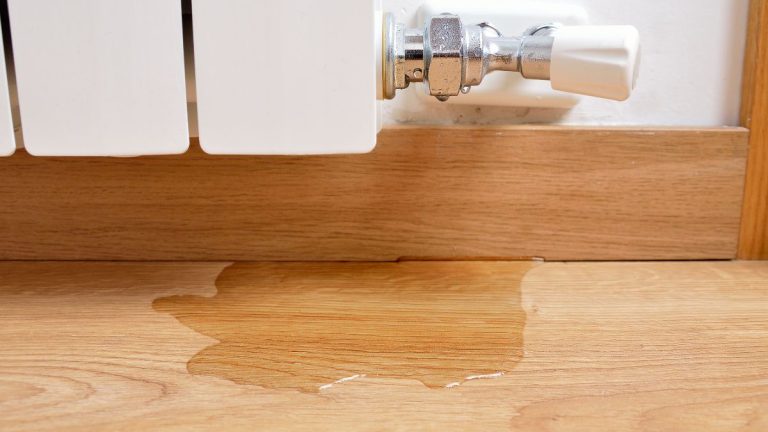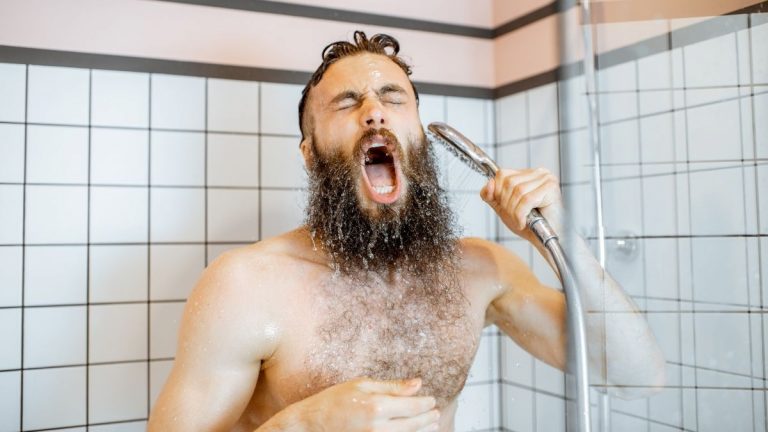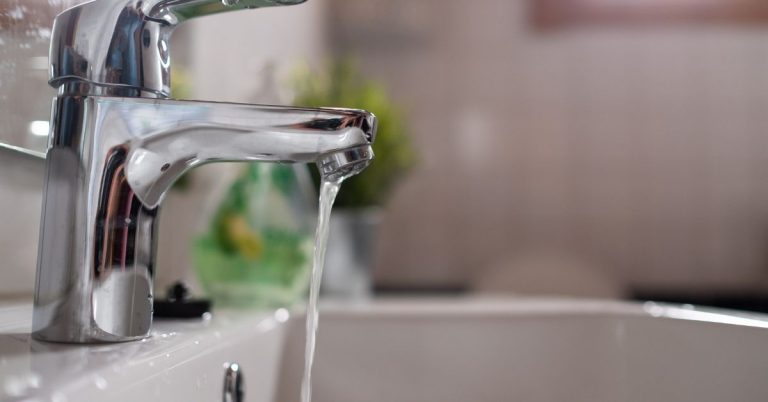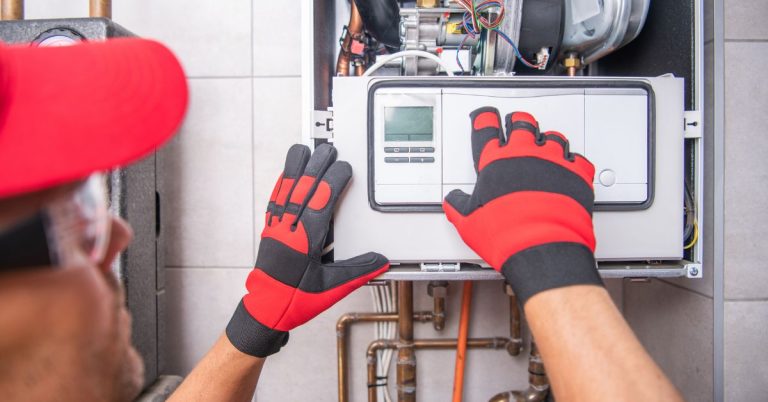How to Prevent Water Heater From Leaking in 2022
You are sitting on your couch and suddenly water starts to drip from your ceiling. Is it the bad storm or did your ceiling broke? Probably Not! It’s your water heater leaking.
Water heater flooding is one of the biggest causes of water damage to the household resulting in thousands of dollars on repair and furniture replacement.
In most houses, water heaters are tucked away in garages or basements where it’s hard to keep an eye on. And since the appliance has to deal with water, they are prone to leakage that can destroy your flooring, stain your walls and cause mold buildup among other things.
So it’s better you prevent your water heater from leaking and springing a leak. Here’s what you can do to prevent just that.
Preventing water heater leakage
1.Regular maintenance
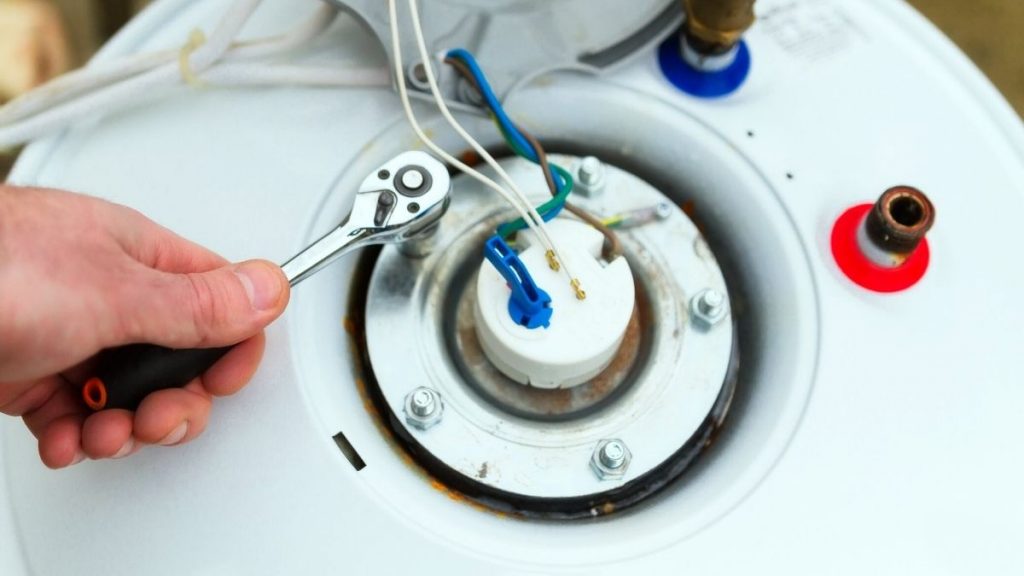
When a water heater is not regularly maintained, the sediments and minerals start to stack up at the bottom. This happens fast especially if the water is hard. The sediments have a corrosive property and can damage the tank from the inside causing leakage and reduced lifespan.
Not to mention the inefficiency of heating water involved with such sedimented tank.
So the best thing will be to do annual maintenance and regular draining and flushing of the tank so that the sediments can be removed and corrosion avoided.
2.Use a water softener
This is very important if the water coming to your home, either from well or municipality, is hard. The hard water, as mentioned above, damages the water heater components and can cause leakages.
If you install a water softener in line with incoming cold water then the problem can pretty much be solved. You will also need not maintain the water heater much frequently as there won’t be much sediment buildup.
3.Keeping the water temperature under 120°F

Although the water heater comes with 140°F upper limit temperature, as per the department of energy, 120°F is more than sufficient for most household needs.
You see, the problem with maintaining a high water temperature inside the tank is “pressure”. The higher the temperature, the more pressure builds up inside. Not to mention a high energy bill.
It will cause the temperature and pressure valve to leak water from time to time to release pressure. So if you don’t want leakage to occur then avoid a temperature higher than 120°F.
4.Check and replace the sacrificial anode rod if necessary
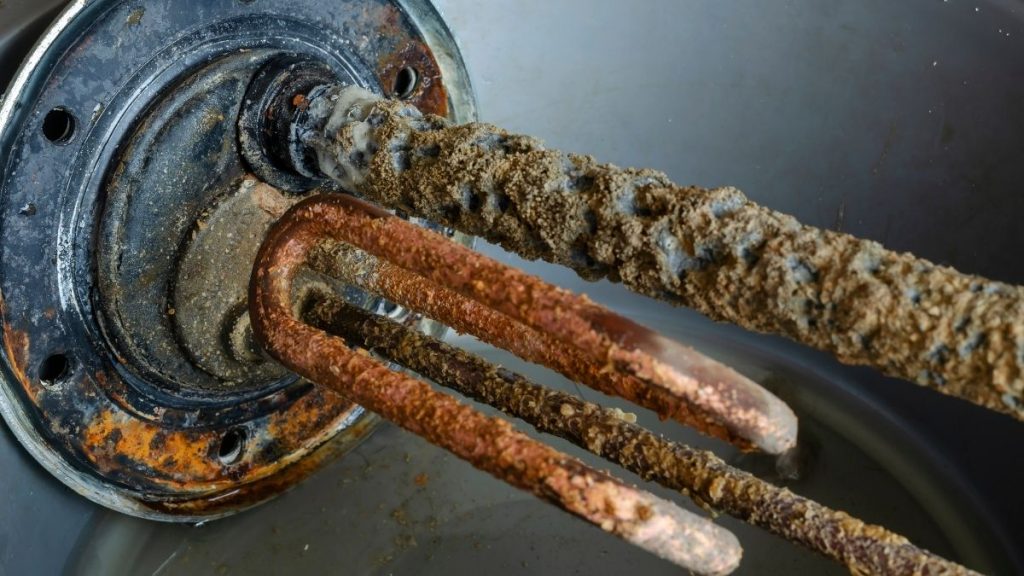
Your water heater comes with an anode rod dipped in water that attracts all the corrosiveness of water and gets damaged itself thereby preventing the inside of the tank from catching corrosion. That’s why it’s also called a sacrificial rod.
Once this rod is completely damaged, the water will start to attack the other components of the heater. So it’s advisable to check the anode rod from time to time and replace it every 3-4 years.
What to do if the water heater is leaking

Now that you have noticed that there’s some leakage going on with your water heater. So the next logical step is to investigate the source and try to fix it. So let’s get to it.
- Step 1
If you have an electric water heater then stop the power to the unit from the breaker panel. Or shut the gas supply from the gas valve by rotating the valve clockwise if you have a gas water heater.
- Step 2
Now halt the incoming water to the heater with the help of a shut-off valve to prevent any more water from reaching the tank. If you can’t find the shut-off valve then you can cut the main water source to stop the water supply to the whole house.
- Step 3
Now inspect. Check for the connection where the inlet and outlet of the water heater meets. This is the most common spot of leakage and usually, all it takes to fix is a wrench to tighten it a bit.
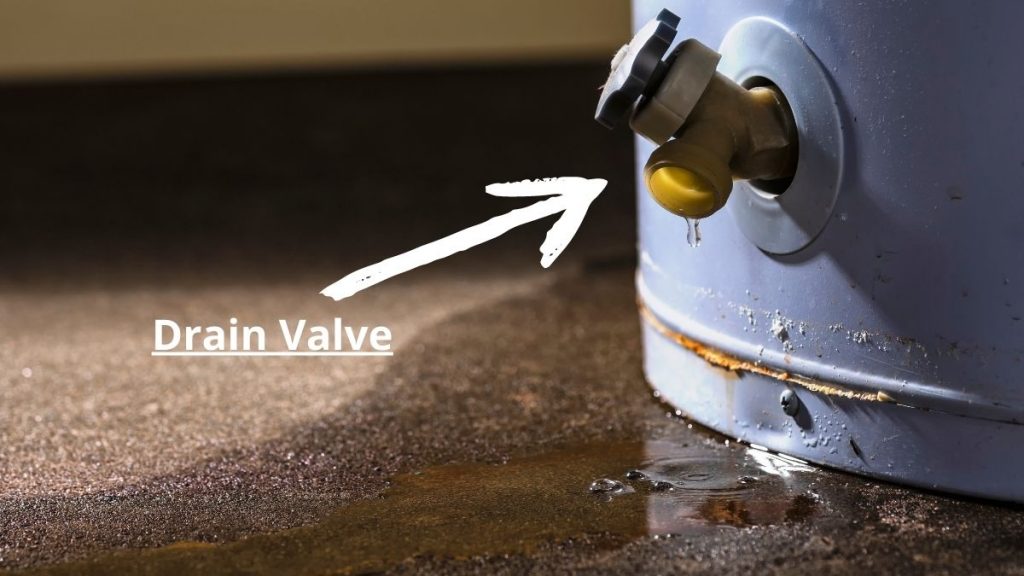
If nothing is found there, then look for the t&p valve. It’s completely normal for this valve to leak water as it’s trying to maintain safe pressure inside. If your water temperature or pressure is above 120°F or 100 PSI then the valve will normally leak water. But if it’s under these values and the valve still leaking then it’s probably faulty and you might need to replace it.
Another thing that might be the culprit is the drain valve located at the bottom. Do you see water leaking from it? You will probably need to tighten it a little with the help of a wrench to fix it.
But if non of this is the cause then another possibility is a crack in the structure of the tank or it’s leaking from the bottom. In this case, unfortunately, you will need to replace your water heater. It’s advisable to call a certified plumber for inspection if you can’t find the source of leakage.
Preventing water heater leakage from destroying flooring

Now we have discussed how we can prevent our new water heater from leaking and damaging our flooring. But sometimes leakage can not be prevented cause leaking water in some cases is also part of water heaters safety mechanism.
Like for example when there’s excess pressure buildup inside the tank, the pressure valve will leak water to release pressure.
So let’s just talk about ways we can prevent these unavoidable leakages from damaging our house flooring and costing us thousands in damage.
Use drip pan and water sealant
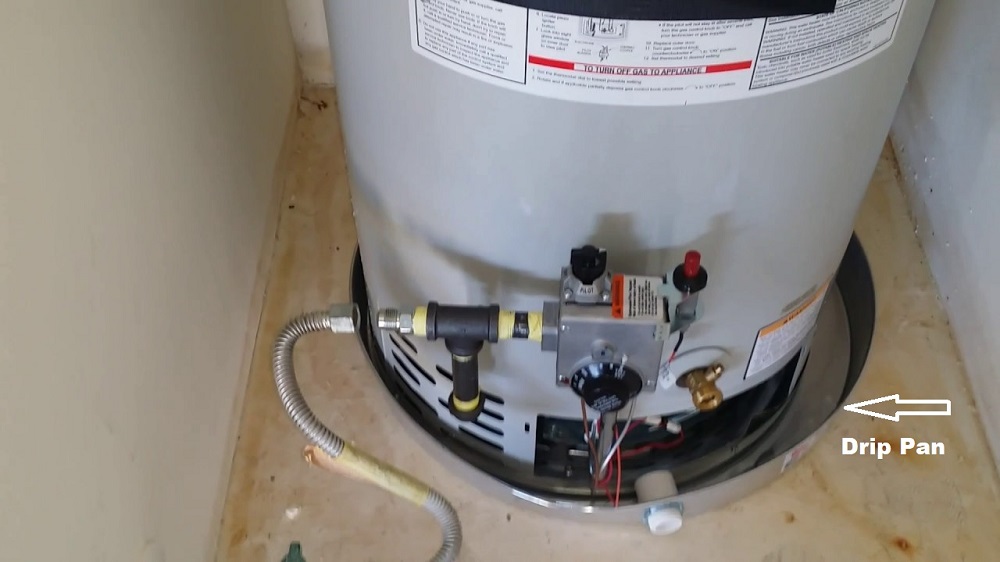
Even if your water heater is in good shape, chances are at least the t and p valve will still leak water from time to time as a safety measure.
So to prevent your flooring from this water damage you can use a can of water sealant and paint the area surrounding the water heater so it becomes waterproof.
There’s also a drip pan that can be used to place under the tank which collects the water whenever the water heater leaks or drains.
Maybe it’s time to replace the water heater
Most conventional tank water heaters should last more than a decade if maintained properly.
However, if your old water heater is working inconsistently like not properly heating water or leaking from the bottom then it’s best replaced.
It’s high time to go tankless. Its compact, energy-efficient and delivers unlimited hot water. If you plan to buy a new water heater check out our list of handpicked whole house electric tankless water heaters.
Can I take a shower if my water heater is leaking?
Yes, it’s safe to take shower even if your water heater is leaking. The leakage is most likely due to the pressure valve dripping to release pressure or drain valve leaking. Whatever is the reason you will want to investigate it sooner to prevent flooding.
Why is water leaking from the bottom of my water heater?
There can be multiple reasons for what may seem like water leaking from the bottom of the tank.
First, and very possible is the drain valve leakage. You can locate it at the bottom of the tank. It’s used to flush the tank and remove sediments. If the drain valve is loose or faulty then it can leak the water. See if it’s loose and try to tighten it with a wrench otherwise you may also need to replace it.
Another situation is the internal structural damage to the tank caused due to excess pressure and temperature. In such a case you will need to replace the water heater with a new one. Also, look out for signs that your water heater might burst.

